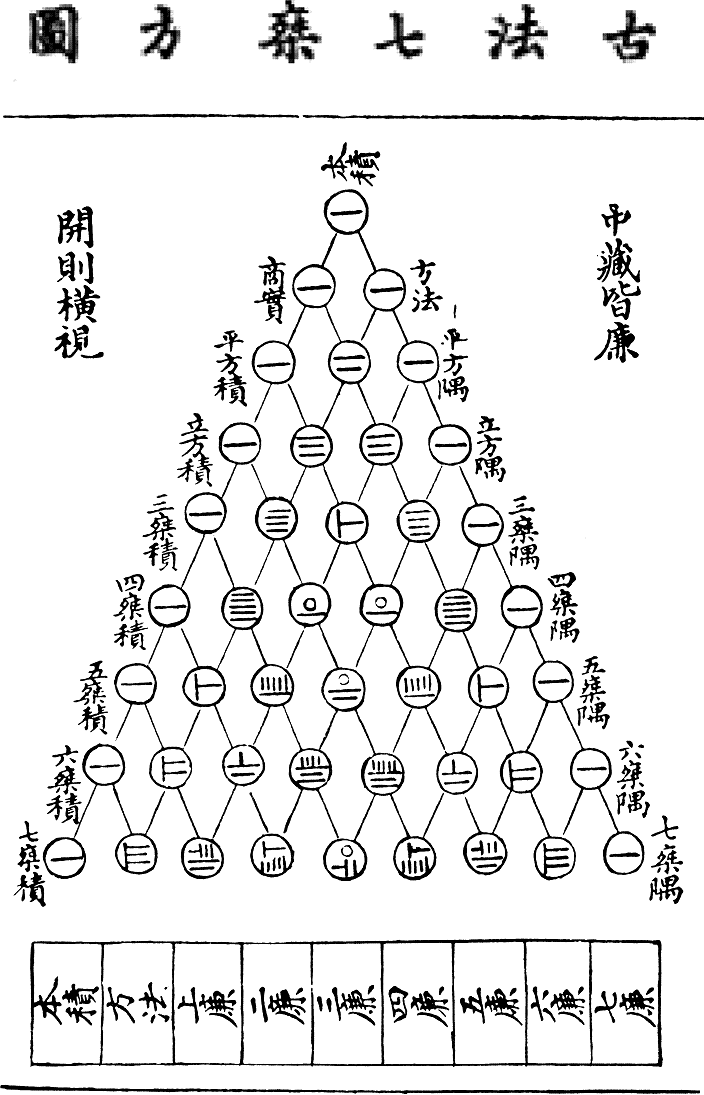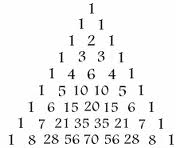- Scans of Reidemeister moves:
- The last day! Review day. I hope that you've brought your questions!
- Sorry: your final (fractal) assignment is not graded yet. Amy has
nice solutions, so I scanned those.
You can pick them up next week (I'll leave them on my door).
- Try this: F=F-F+F+2F-F-F+F
Angle: 90; Axiom: F
- Try this: F=F-F+F+2F-F-F+F
- For the final you may have a mobius cheat sheet, the RCO (Really Cool Object) cheat sheet, and any of your old cheat platonic solids.
But I hope that you've caught a glimpse of why people might be interested in math, and how math might be useful.
Nature loves patterns, especially the Fibonacci numbers, which are created by a fractal process: add the two preceding numbers; now do it again! Nature probably loves them because they're fractal, because nature loves fractals.
Fractals are so important because, from a simple rule, and simple repetition, beautiful and complex-seeming things appear.
The bunny tree is fractal, and was one of the first we encountered:

"A world within a world."
I want to start our review by bringing our discussion from last time back to Pascal. In the end, we discovered that Pascal's triangle even has Sierpinski's triangle in it. Pascal seems to have it all. It has spanned our course in a way.
We started with Yanghui's triangle:

Okay, so that's not the way Pascal thought of it:

But we see the value in Pascal's triangle, as anthropology! -- or in the study of languages. We extrapolate from mathematical patterns to make sense of the world -- to teach us about bamboo stick number notation, in this case.
Each row of Pascal's triangle can be thought of enumerating the number of subsets of a given sized set. For example, the row
gives us all the different ways to choose a subset of a set with four elements (four friends, say):
- subsets with 0 elements: 1 way (the empty set -- choosing no one)
- subsets with 1 elements: 4 ways (choosing just one friend)
- subsets with 2 elements: 6 ways (choosing two friends)
- subsets with 3 elements: 4 ways (choosing three friends -- or leaving one out. Notice the symmetry.)
- subsets with 4 elements: 1 way (the set itself -- choosing everyone)
The total number of subsets is, as we know from Pascal's triangle, the sum of these, which is a power of two: $2^4=16$. The set has 4 elements, but the set of subsets has 16 elements. There are 16 different parties you can throw with your four friends.
And there are all kinds of numbers within it: counting numbers, triangular numbers, powers of 2, Fibonacci's.... It's got it all.
You can even run it backwards, as we saw!
On another anthropological note, we saw how we could use a times table for the number nine to understand how the Babylonians wrote their numbers.
And those powers of 2: they were the key to unlocking Egyptian multiplication and division.
Powers of 2 seemed to pop up everywhere!